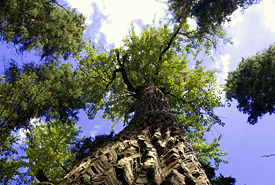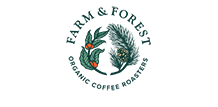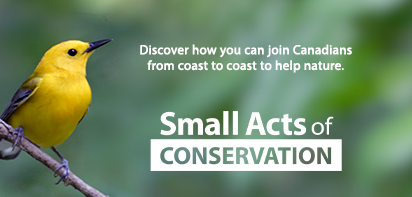Cottonwood riparian forest

Ancient cottonwoods, British Columbia (Photo by NCC)
A cottonwood seed bobs in a river current, kept afloat by a tuft of fluffy white hairs. Swept onto a sandbar, the seed begins to grow…
If given the chance, the seedling will mature, its roots stretching down into the riverbank and branches reaching for the sky, forming a crucial part of the riverbank ecosystem. Over time, other plants will join these hardy pioneers, forming a strip of vegetation along the river called a riparian forest – a complex, multilayered ecosystem overflowing with a diversity of life.
Ecological significance
Cottonwood riparian (from the Latin ripa, meaning bank) forests are a biological treasure house, full of an amazing variety of plants and animals.
Cottonwoods don’t mind wet feet, sprouting on sand and gravel bars along flood plains. Fast-growing trees, they suck up hundreds of litres of water daily, nourishing an impressive growth rate of two metres per year.
Riparian shrubs shade streams and provide browse and cover for larger mammals. Meanwhile, cottonwoods are often decapitated by windstorms, lightning strikes and heavy snow. Big cottonwoods are also prone to heart rot and have hollow trunks.
These standing dead and dying trees provide habitats not found in younger forests. The dead limbs and trunk cavities provide living space for many different birds and mammals, including black bears, which have been observed hibernating high up in hollow cottonwoods.
Species
Cottonwood forests provide habitat for a wide range of species, including:
- pileated woodpecker
- black bear
- deer
- moose
- squirrel
- screech owl
Threats
Cottonwood ecosystems are at risk in British Columbia. They are located on flat, fertile land, exactly where people like to settle. Human activities have destroyed many old cottonwood forests and only fragments remain.
What is NCC doing to protect this habitat?
In southeastern BC , the Nature Conservancy of Canada (NCC) has protected a rare stretch of old-growth cottonwood riparian forest with trees up to 400 years in age.
In 2002, researchers studied the old cottonwoods in this grove. They found that the trees were between 230 to 400 years old and up to 10 metres around. Typically, black cottonwoods rarely live past 150 years. These ones are the oldest found to date in the world.




